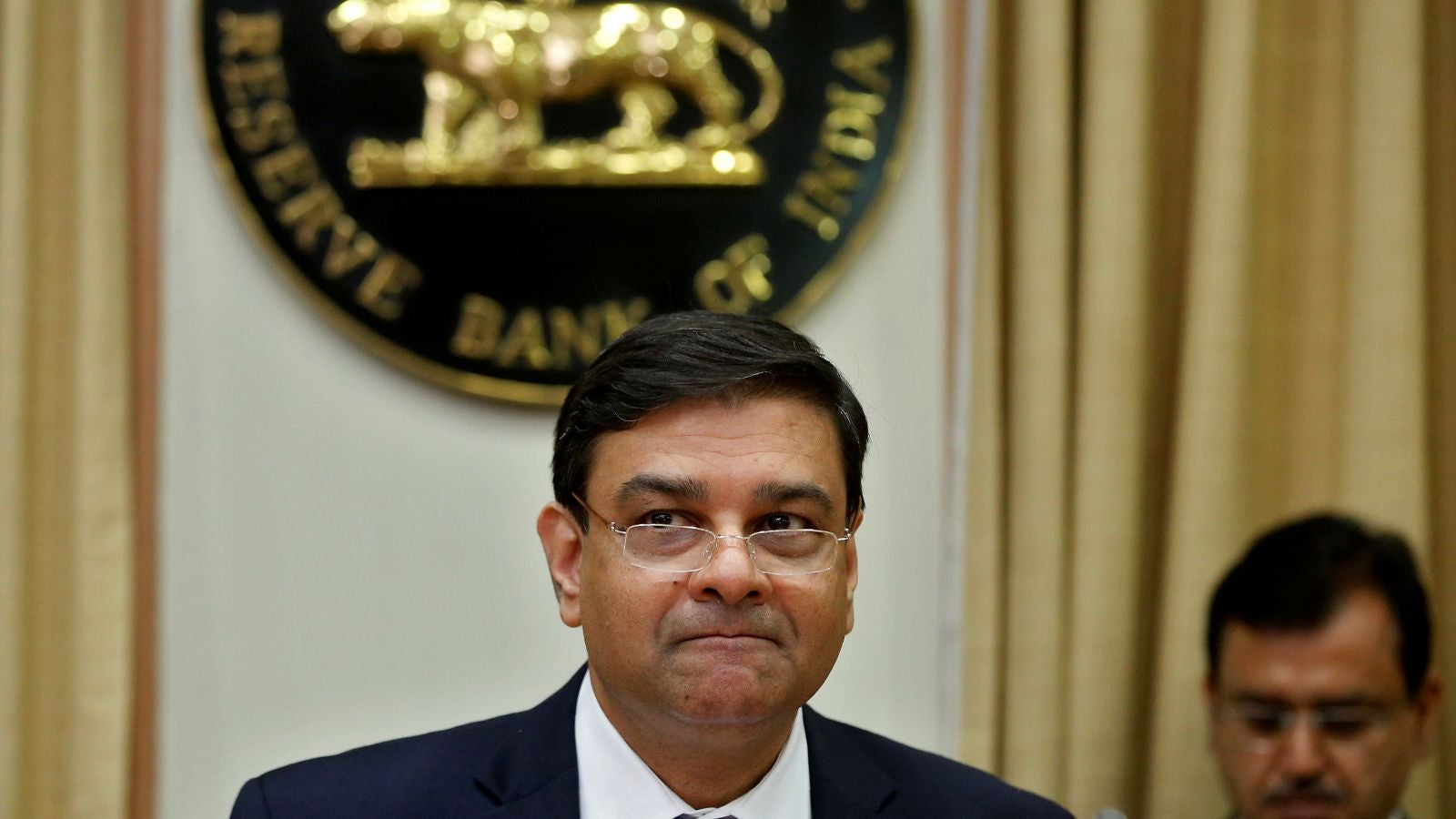India’s central bank refuses to give up control of the payments ecosystem
Who gets to govern India’s thriving payments ecosystem? The matter has become the latest bone of contention between the country’s central bank and prime minister Narendra Modi’s government.


Who gets to govern India’s thriving payments ecosystem? The matter has become the latest bone of contention between the country’s central bank and prime minister Narendra Modi’s government.
In September, an inter-ministerial committee appointed by the government recommended that payments, or transactions done through e-wallets and cards, should be governed by an independent regulator—payments regulatory board (PRB)—and not the Reserve Bank of India (RBI). The committee was headed by Subhash Chandra Garg, the economic affairs secretary.
This, the panel said, will foster competition and ensure consumer protection, systemic stability, and resilience.
The central bank vehemently opposed this move and has submitted a strong dissent note to the government, a copy of which was uploaded on its website on Oct. 19. “There is no case of having a regulator for payment systems outside the RBI,” said the apex bank. “…changes should not result in existing foundations being shaken and the potential creation of disturbances in an otherwise well-functioning and internationally-acclaimed structure as far as India is concerned.”
The debate comes amidst the sprouting of payment companies in the country, especially in the digital space. The sector is now a battleground of sorts with foreign players like Google (which operates the Google Pay e-wallet) and WhatsApp competing with Alibaba-backed Paytm and the government’s own Unified Payments Interface (UPI).
The ecosystem is estimated to grow over five times to $1 trillion by 2023, according to Credit Suisse.
However, payments in India are still dominated by banks, which have launched their own e-wallets besides enabling payments through the more traditional plastic money, or cards. As the banking regulator, the RBI believes payments are inseparable from other banking operations.
The RBI’s case
The RBI has stressed that the PRB can only be headed by the central bank governor. Since banks are the major providers of payments services, having a common regulator ensures synergy and inspires public confidence in the payment instruments, it says.
“There has been no evidence of any inefficiency in payments systems of India…India is gaining international recognition as a leader in payments systems. Given this, there need not be any change in a well-functioning system,” the RBI argued in its note to the government.
So why fix something that isn’t broken, the apex bank seems to ask.
This isn’t the first time that the RBI and the government have had divergent views on an issue. The two have often openly squabbled over monetary policy rates. On multiple occasions, the government has reportedly tried to arm-twist the central bank to cut interest rates to bolster economic growth. This was resisted by the RBI, citing inflation concerns.
On certain occasions, disputes have taken such a serious turn that previous RBI governors have even expressed concerns over the banking regulator’s autonomy. “RBI is independent within the limits set by the government,” former central bank governor YV Reddy had famously said several years ago.
Want to read more from Nupur Anand? Subscribe to Quartz Private Key—Quartz’s premium crypto newsletter, delivered twice weekly.